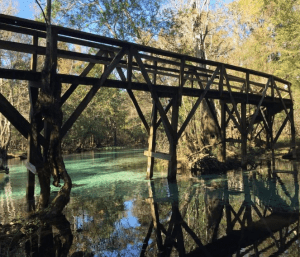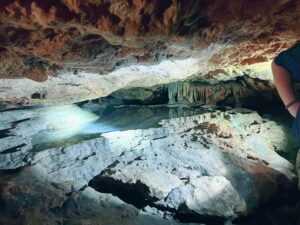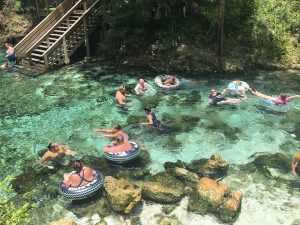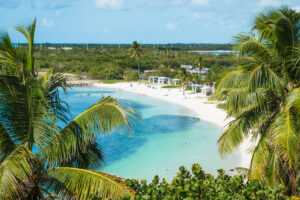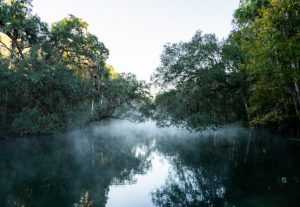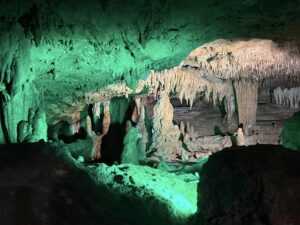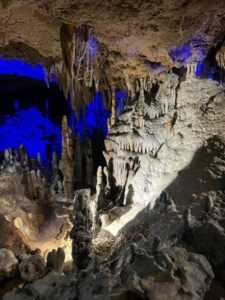Nestled along the serene banks of the St. Johns River in Florida, Blue Spring State Park is not just a natural oasis; it is a living tapestry of history that unravels across centuries. From its indigenous roots to its designation as a state park, this article invites you on a captivating journey through time, exploring the rich historical layers that have shaped the landscape of Blue Spring State Park.
Indigenous Roots: The Timucua Connection
Long before the first European settlers arrived on the Florida peninsula, the Timucua people thrived in the region that is now home to Blue Spring State Park. The Timucua, native to the southeastern United States, left an indelible mark on the landscape, engaging in sustainable practices and cultivating a deep connection with the land. As you wander through the park’s trails, imagine the echoes of ancient footsteps and the stories told around the campfires of the Timucua people.
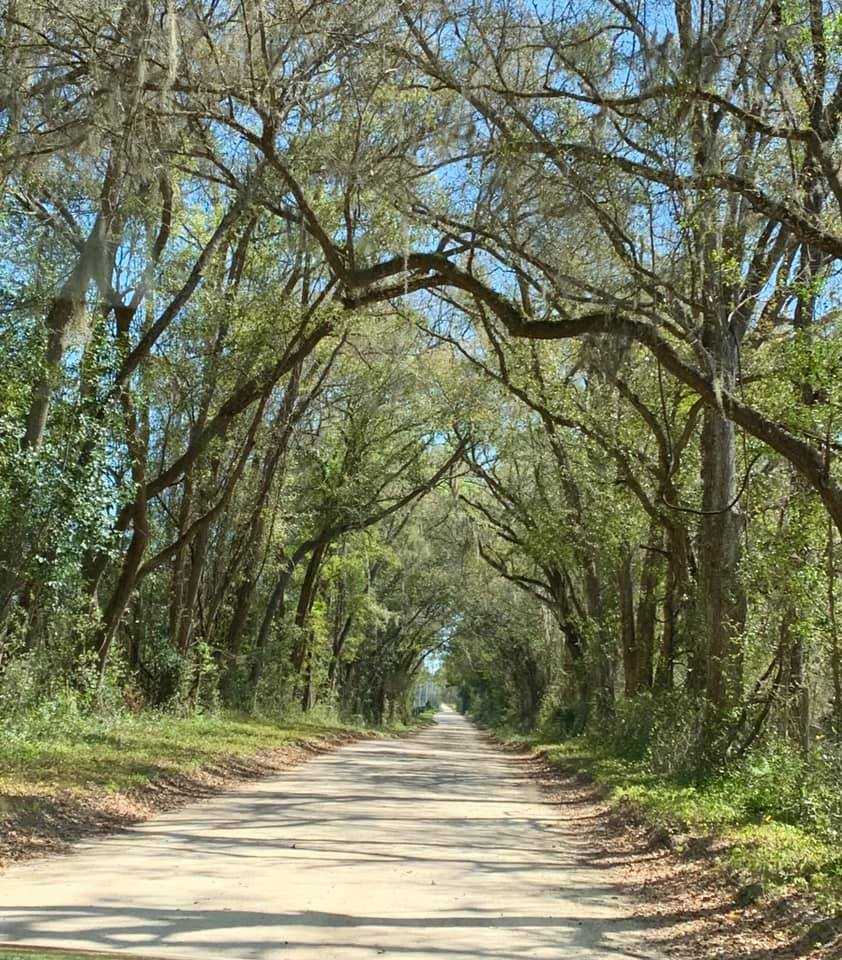
Early European Settlements: Taming the Wilderness
With the arrival of European settlers, Blue Spring’s surroundings witnessed the establishment of early homesteads and plantations. The St. Johns River, a vital artery for transportation and trade, played a pivotal role in connecting settlers to the broader network of Florida’s waterways. The fertile lands around Blue Spring became home to citrus groves, and the river facilitated the transportation of goods to distant markets. The remnants of these early settlements linger, reminding visitors of the pioneers who sought to tame the wild landscapes.
Blue Spring as a Tourist Attraction: A 20th Century Transformation
As the 20th century unfolded, Blue Spring evolved from a utilitarian resource to a sought-after tourist attraction. Entrepreneurs recognized the allure of the crystal-clear spring and its surrounding beauty, establishing cabins, boat tours, and other amenities to cater to the growing influx of tourists. Blue Spring became a haven for recreational activities, drawing visitors seeking respite from urban life. The park’s transformation during this era set the stage for its future as a natural refuge.
Conservation Triumph: Blue Spring State Park is Born
In 1970, acknowledging the ecological significance of Blue Spring and the need to protect its unique resources, the state of Florida designated the area as Blue Spring State Park. This pivotal moment marked a turning point in the park’s history, shifting its purpose from a tourist attraction to a protected sanctuary committed to preserving its delicate ecosystems.
The establishment of the state park allowed for the implementation of conservation measures, ensuring the long-term sustainability of Blue Spring. The park’s historical journey took a turn towards environmental stewardship, with a renewed focus on educating visitors about the importance of preserving this natural gem.
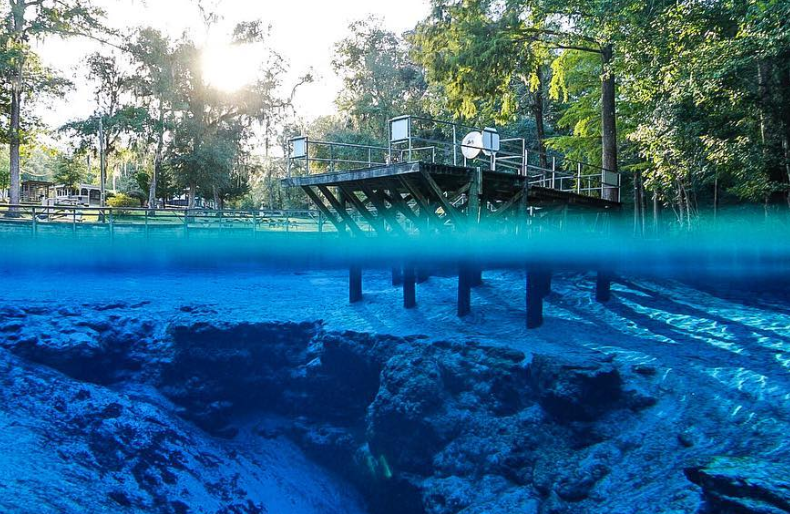
Present-Day Blue Spring: A Tapestry of Nature and History
Today, Blue Spring State Park stands as a living testament to the intersection of nature and history. Visitors can explore the remnants of early settlements, hike the trails once walked by indigenous communities, and witness the ongoing conservation efforts that ensure the park’s legacy endures.
The park’s interpretive programs, guided tours, and educational initiatives offer a glimpse into the historical layers that have shaped Blue Spring. As you meander along the riverbanks or stand by the spring’s edge, take a moment to reflect on the diverse chapters of history that have woven together to create the unique tapestry that is Blue Spring State Park.
In conclusion, Blue Spring State Park’s historical journey through time is a captivating narrative that unfolds with each rustle of leaves and ripple in the water. It is an invitation to connect with the past while reveling in the beauty of the present, ensuring that the park remains a cherished piece of natural and historical heritage for generations to come.

